
LOADING ...
In response to evolving domestic opinion, eMedals Inc has made the conscious decision to remove the presentation of German Third Reich historical artifacts from our online catalogue. For three decades, eMedals Inc has made an effort to preserve history in all its forms. As historians and researchers, we have managed sensitive articles and materials with the greatest of care and respect for their past and present social context. We acknowledge the growing sentiments put forth by the Canadian public and have taken proactive actions to address this opinion.
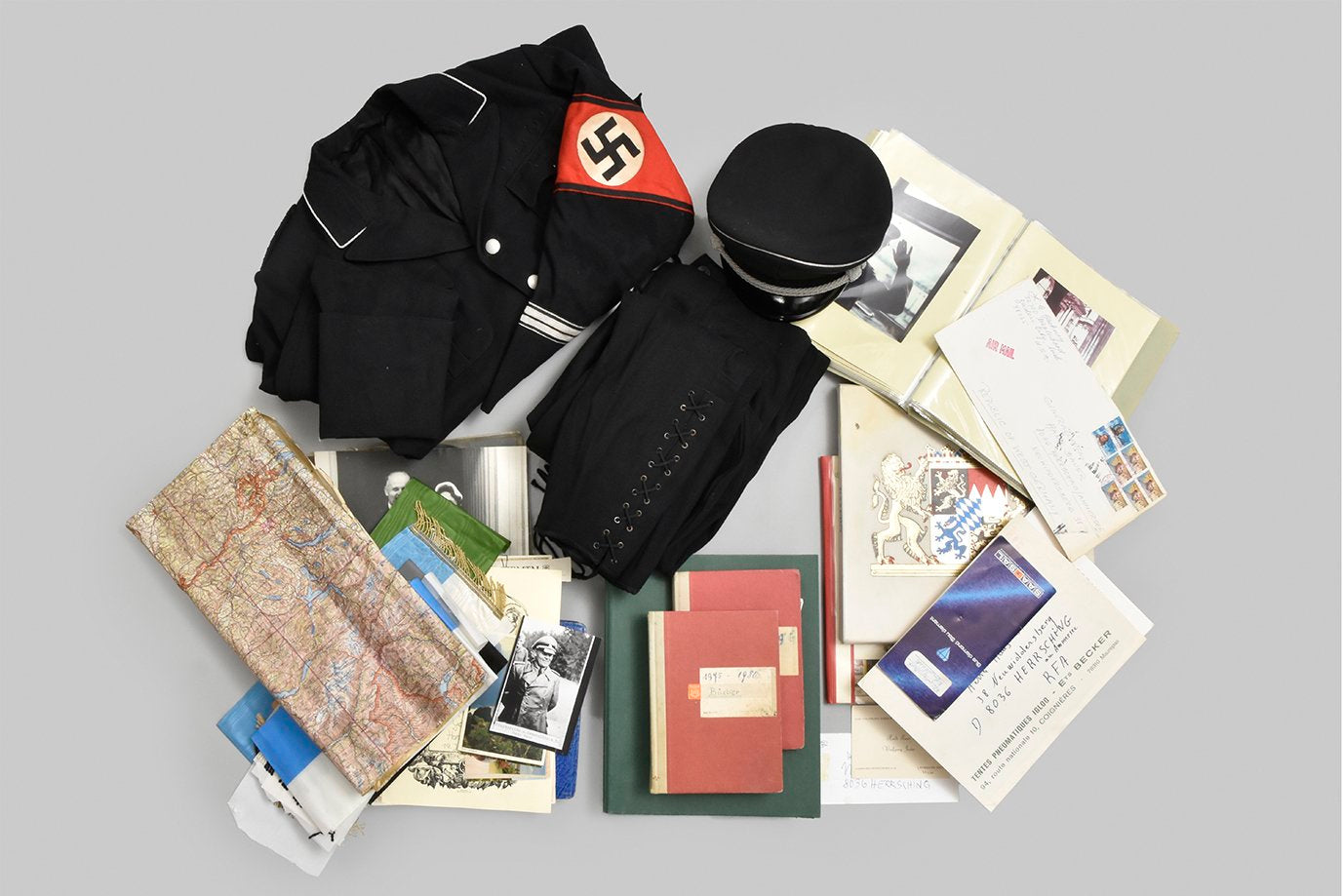
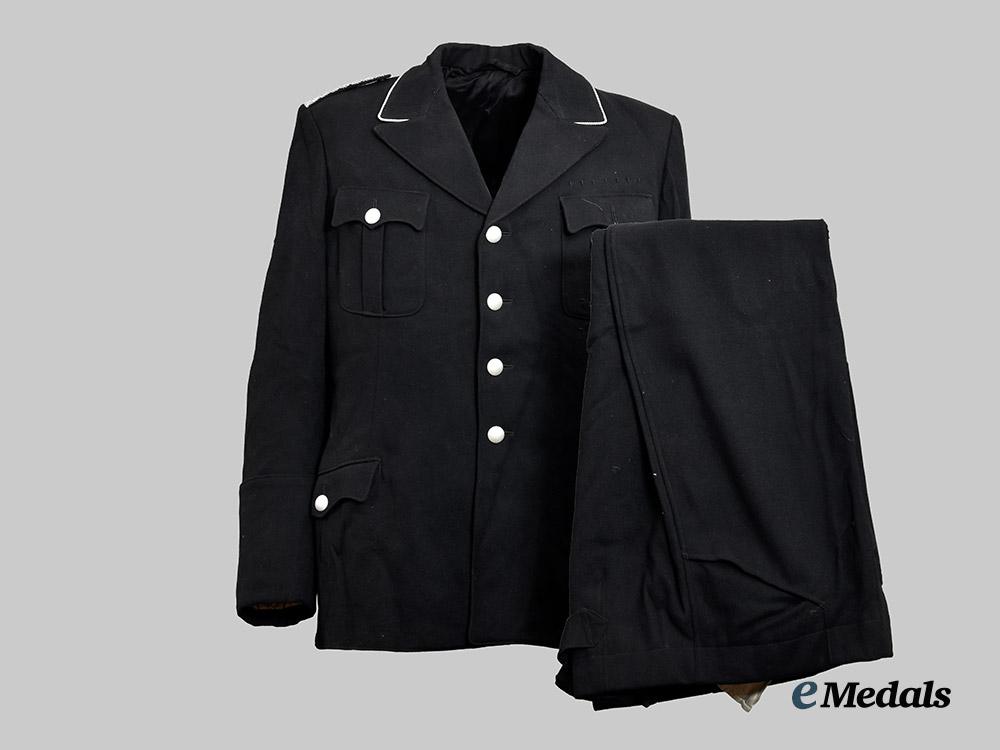
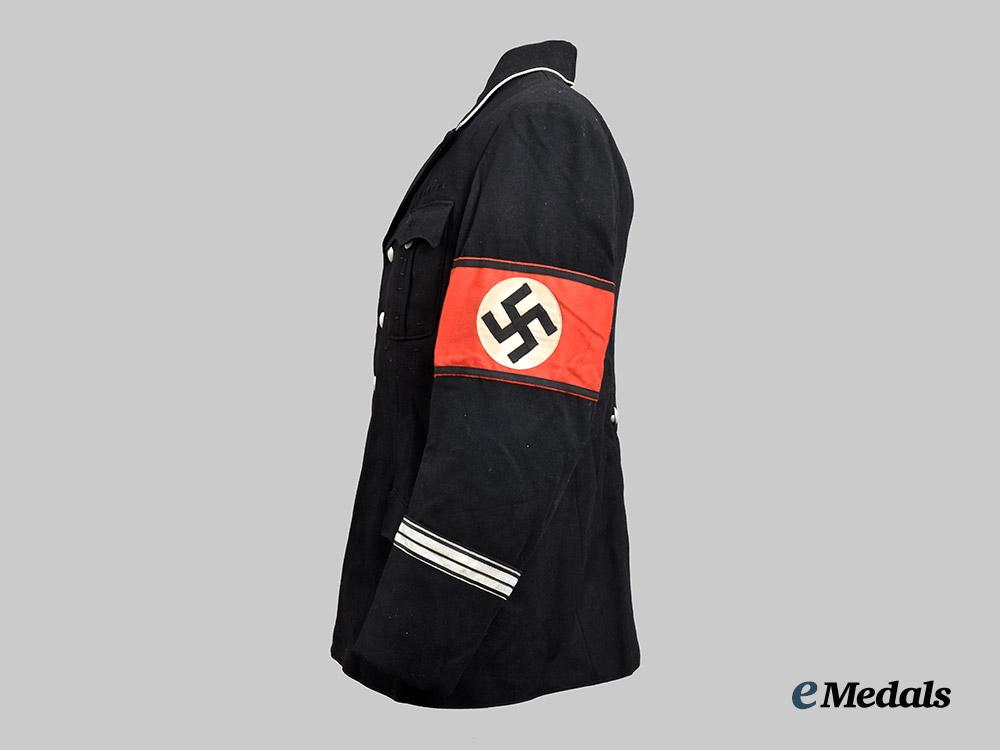
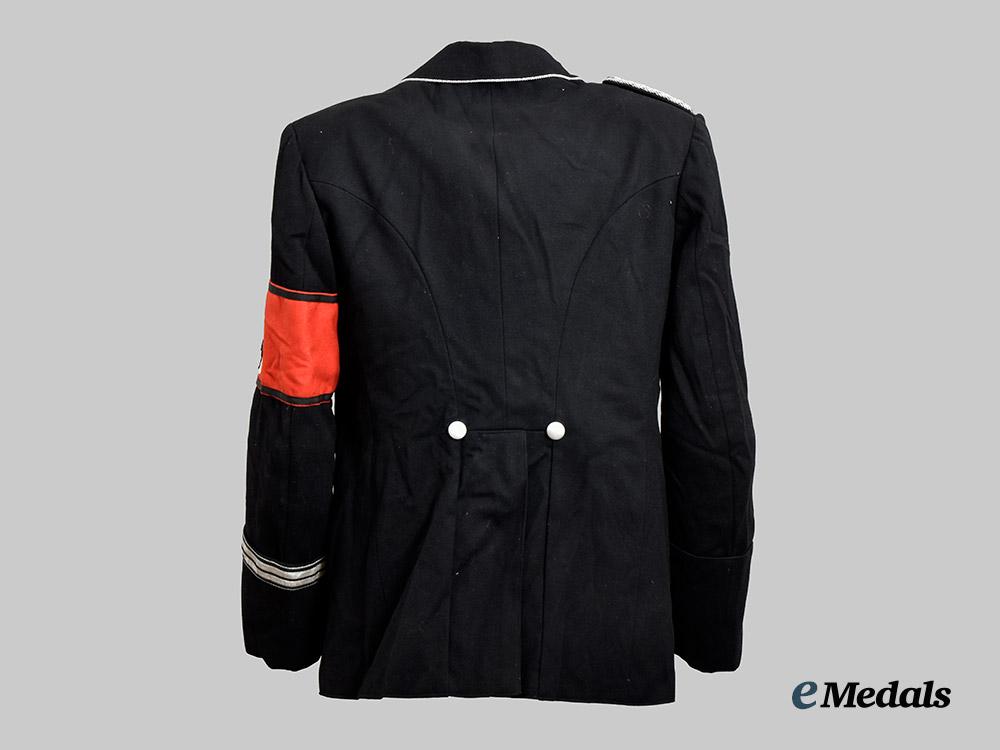
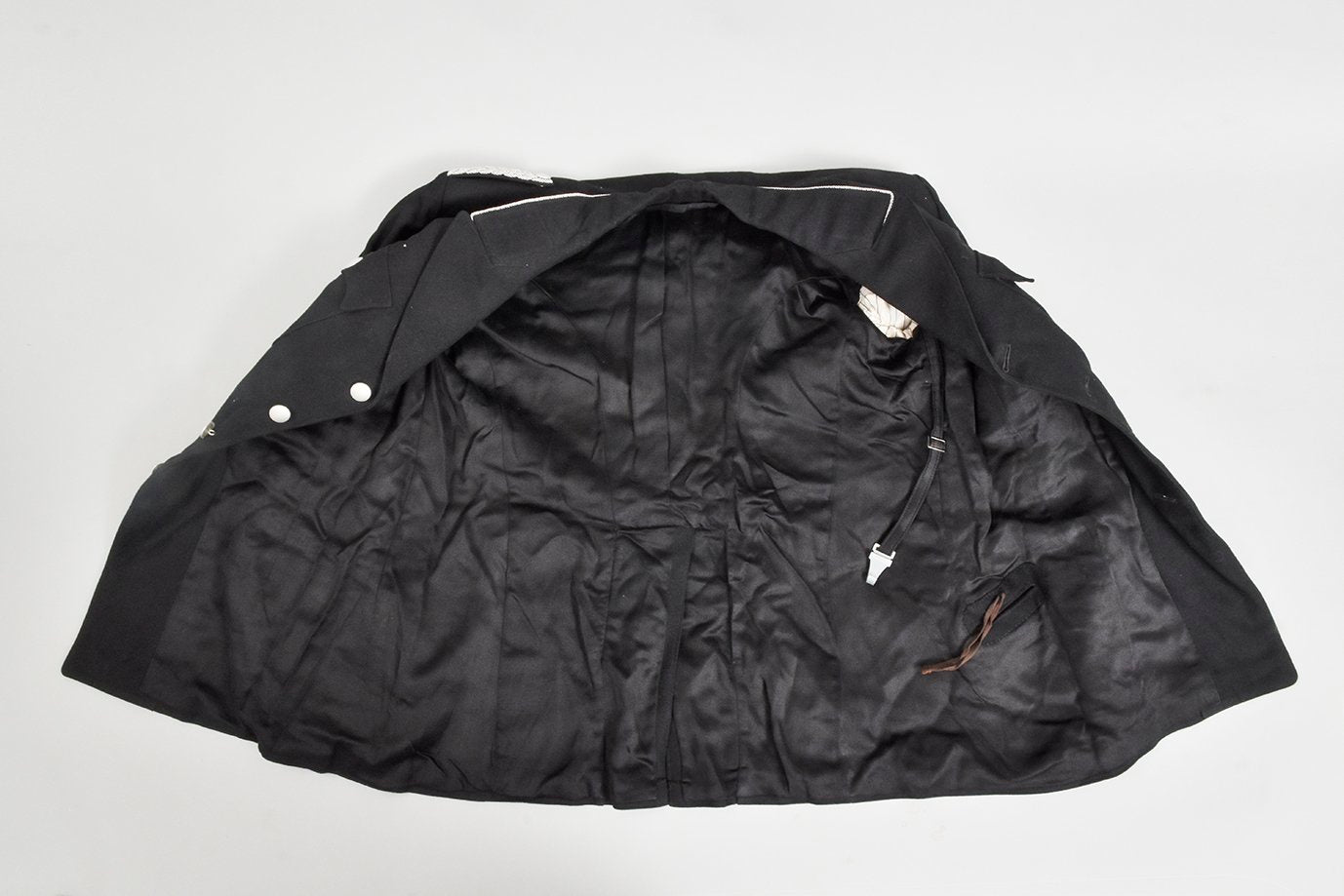
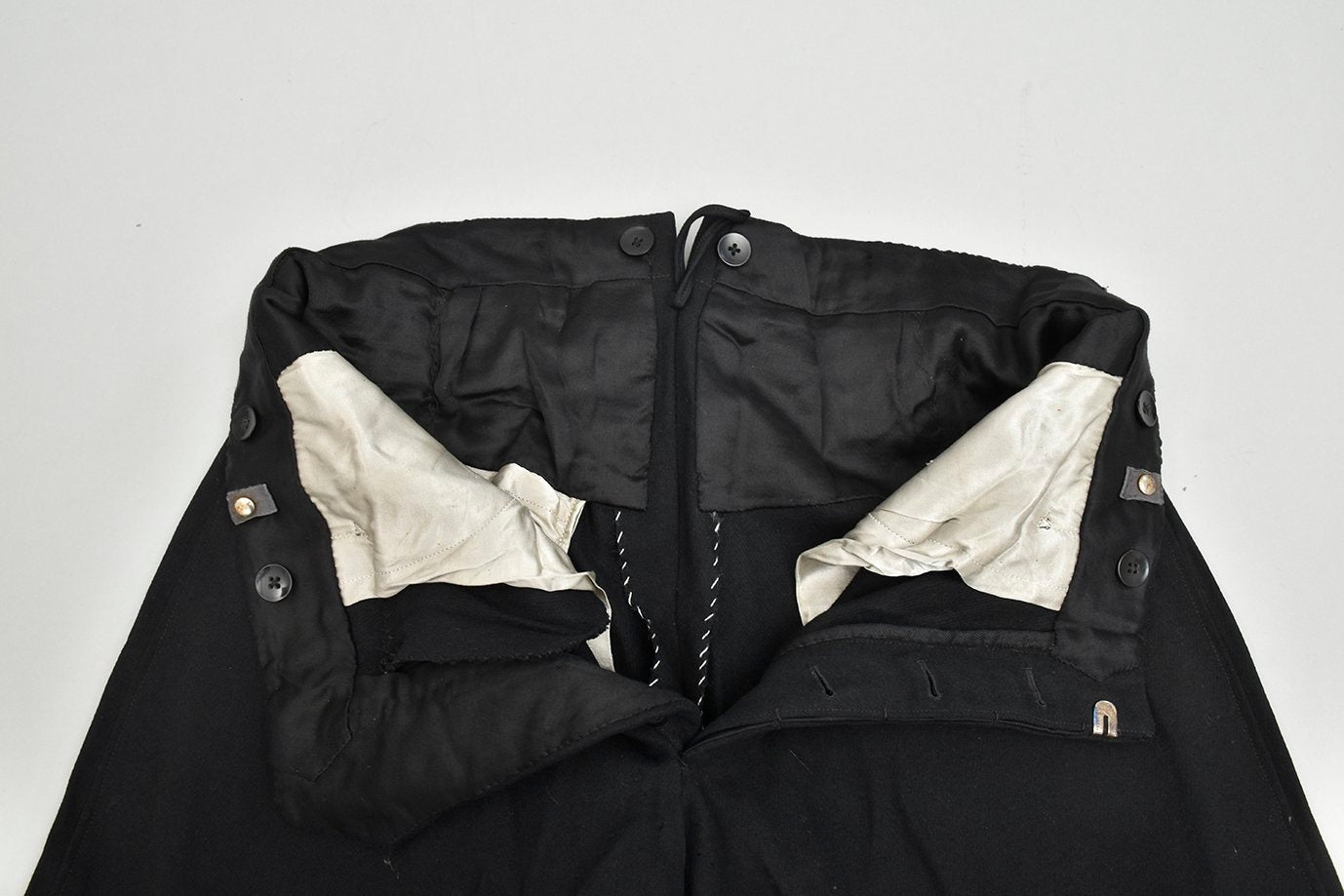
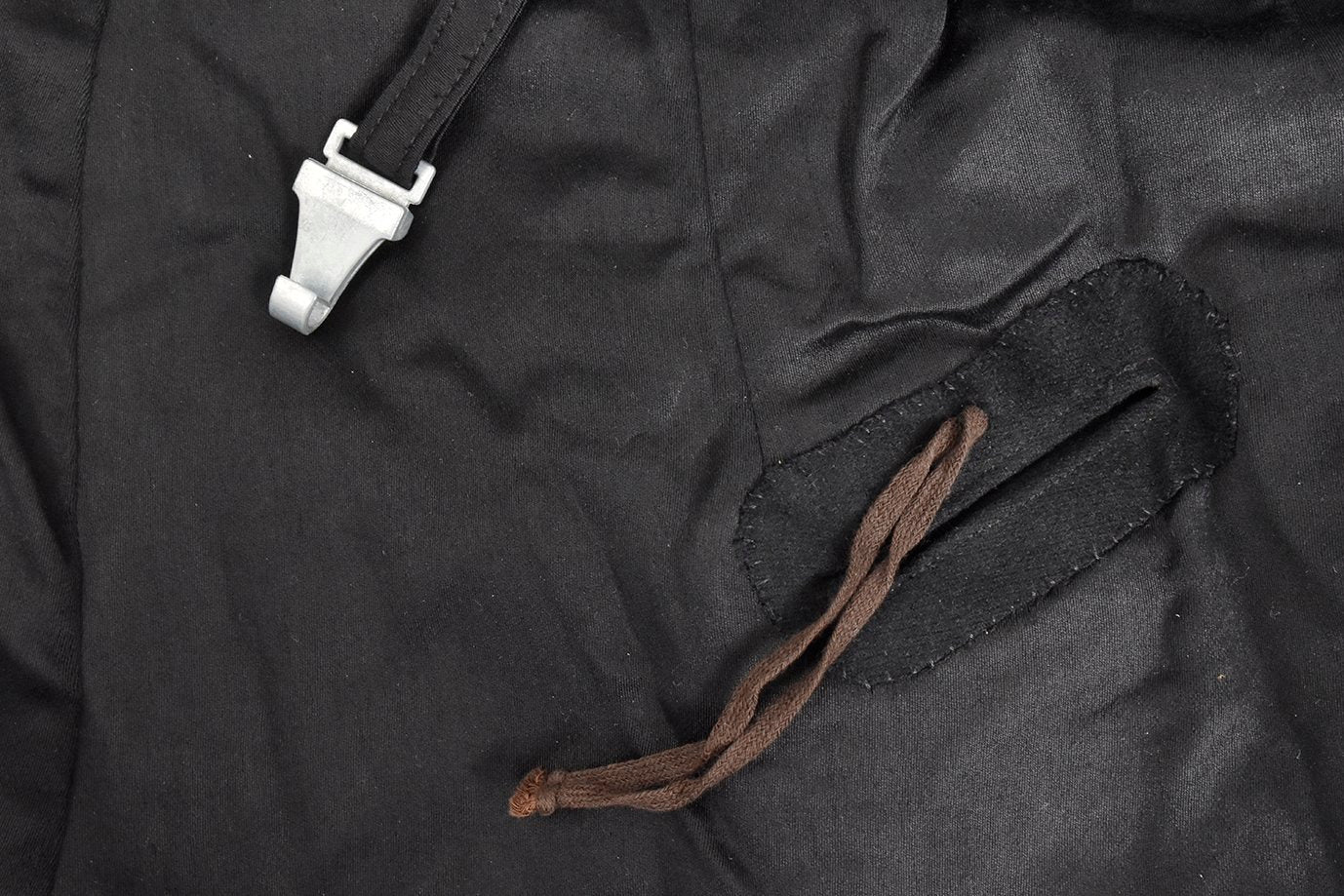
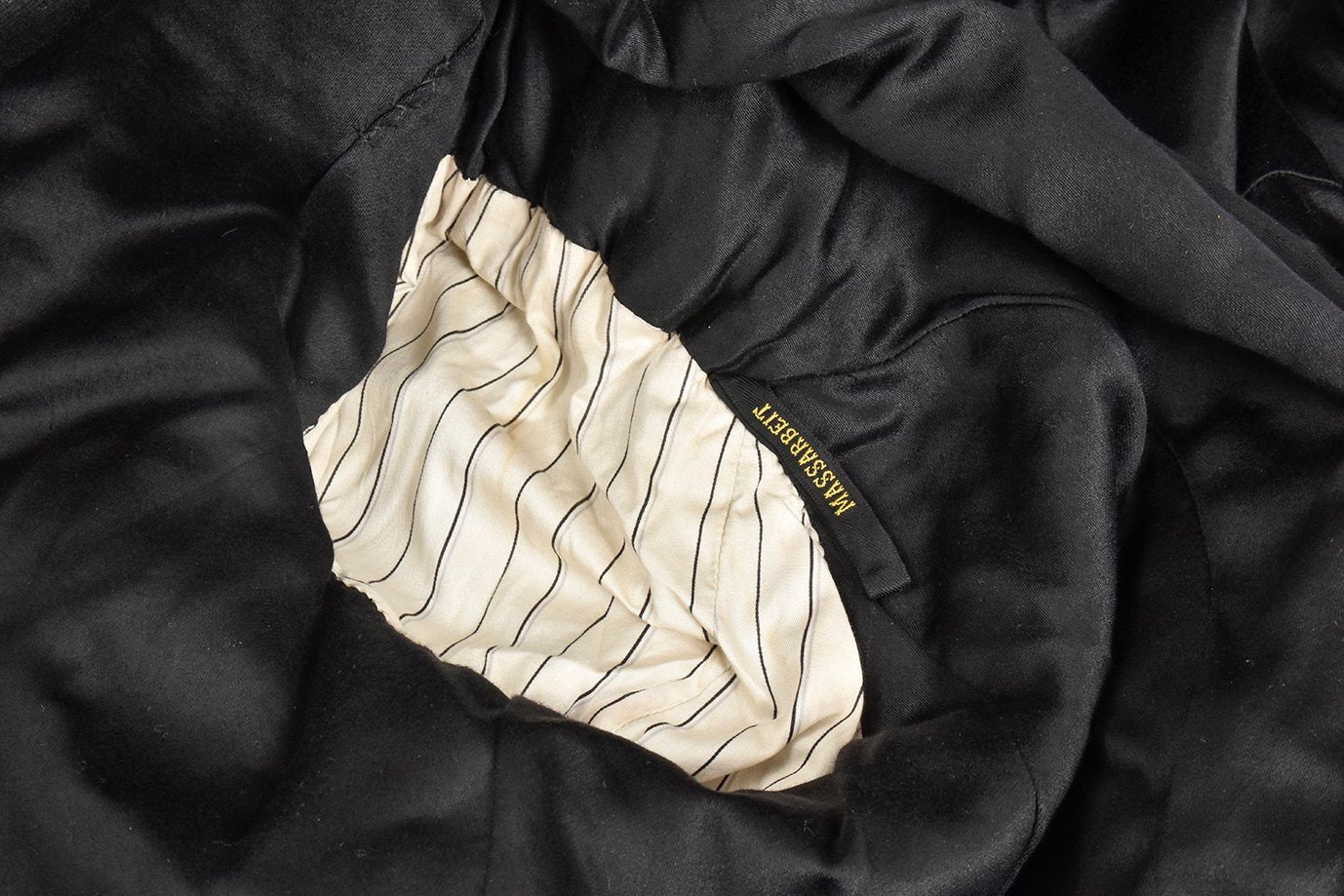
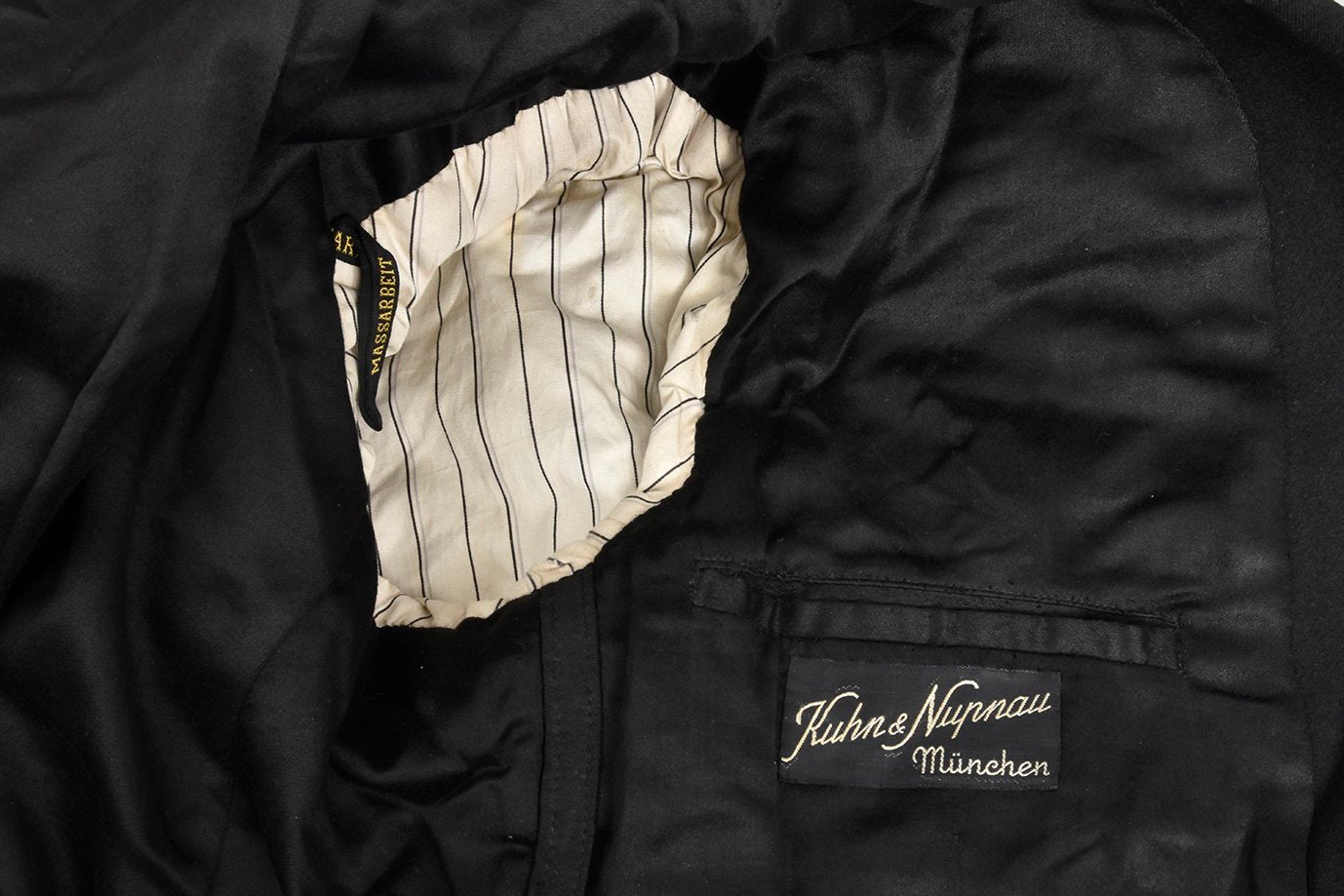
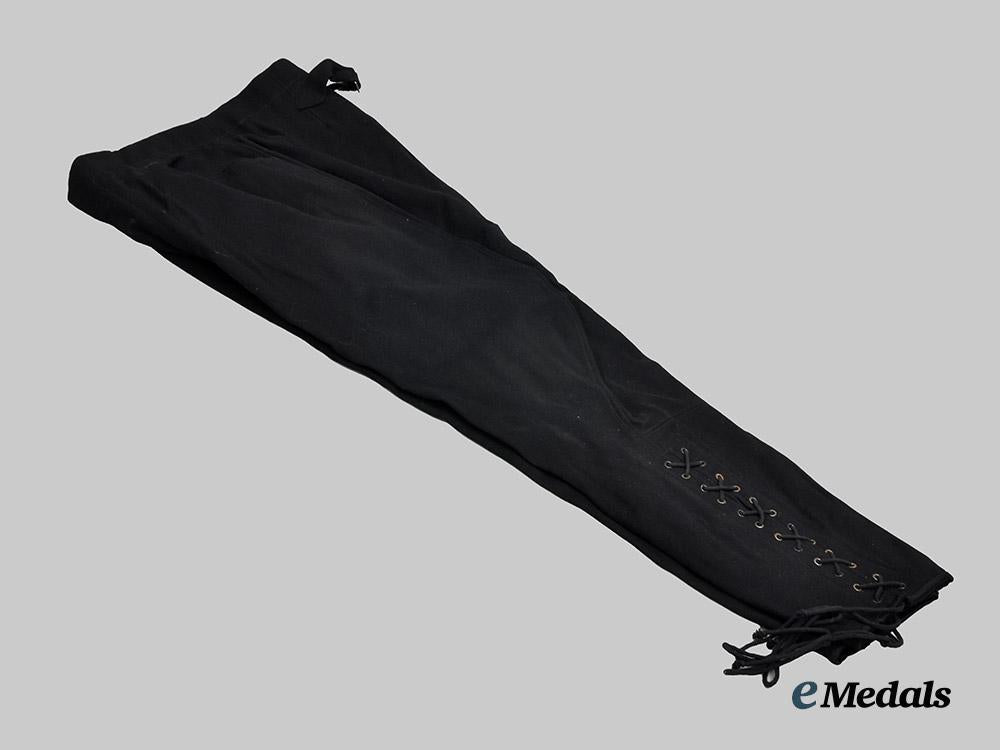
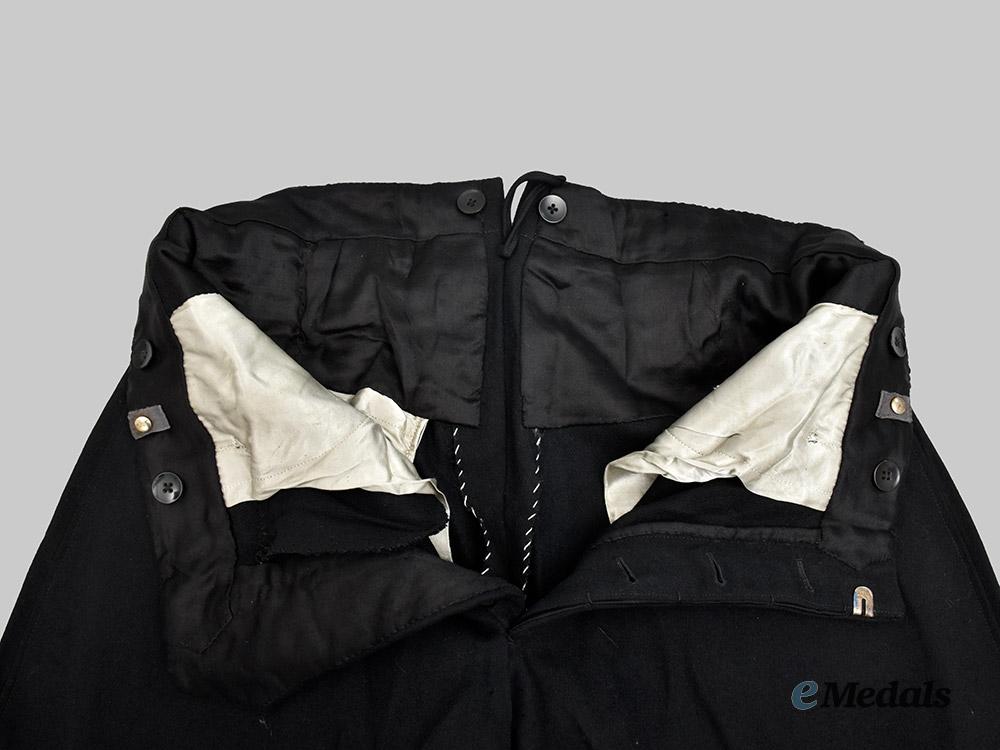
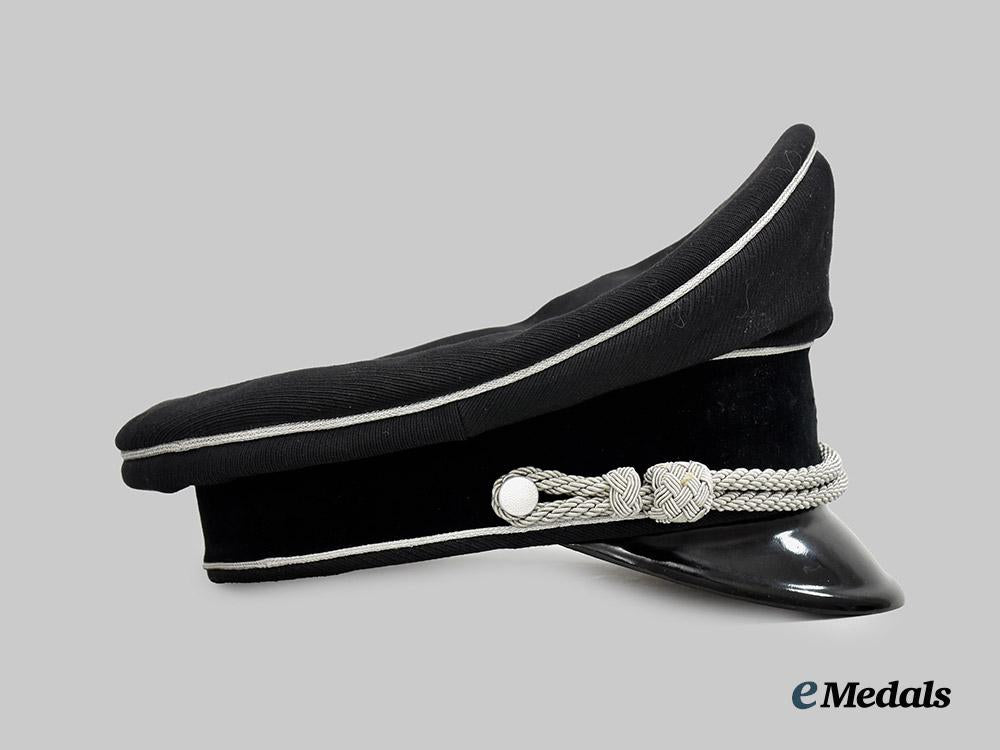
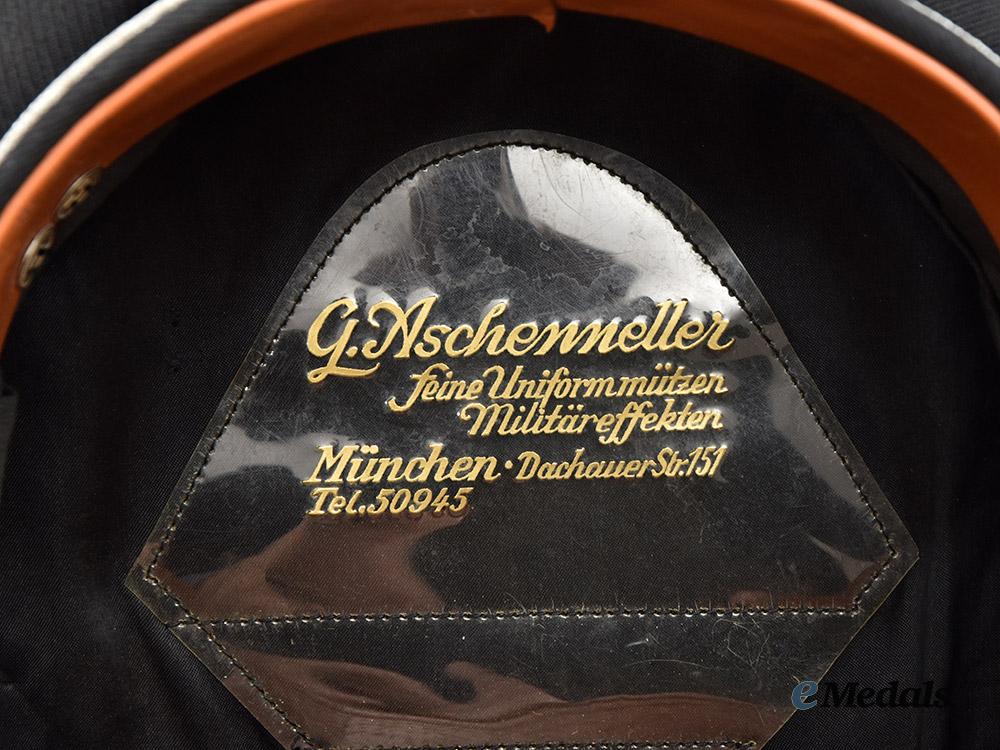
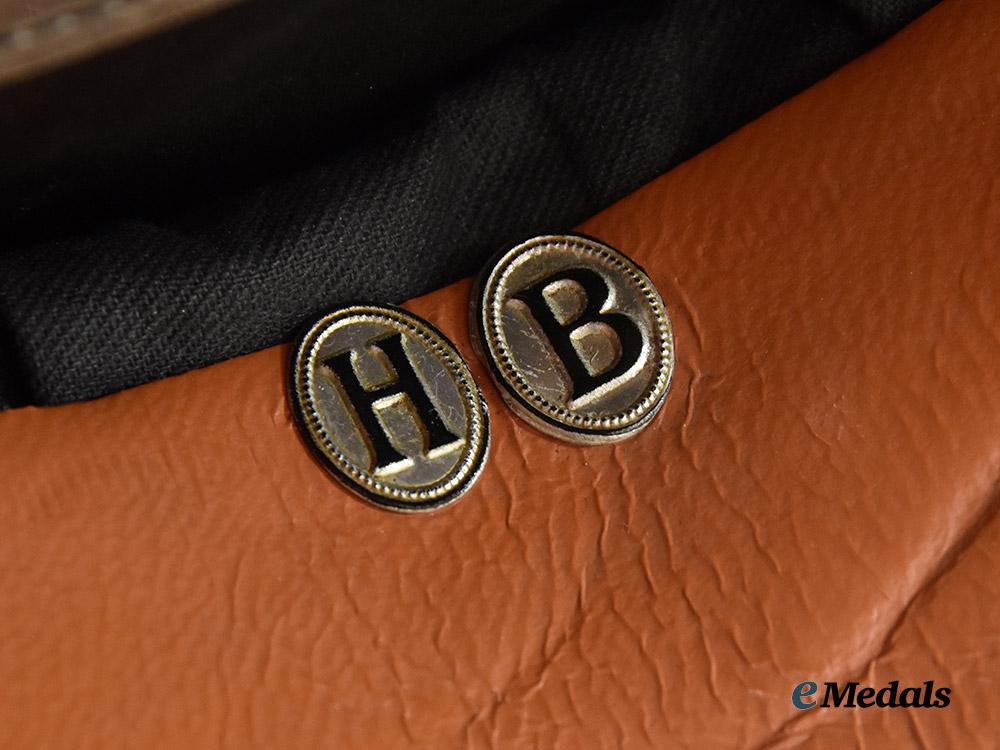
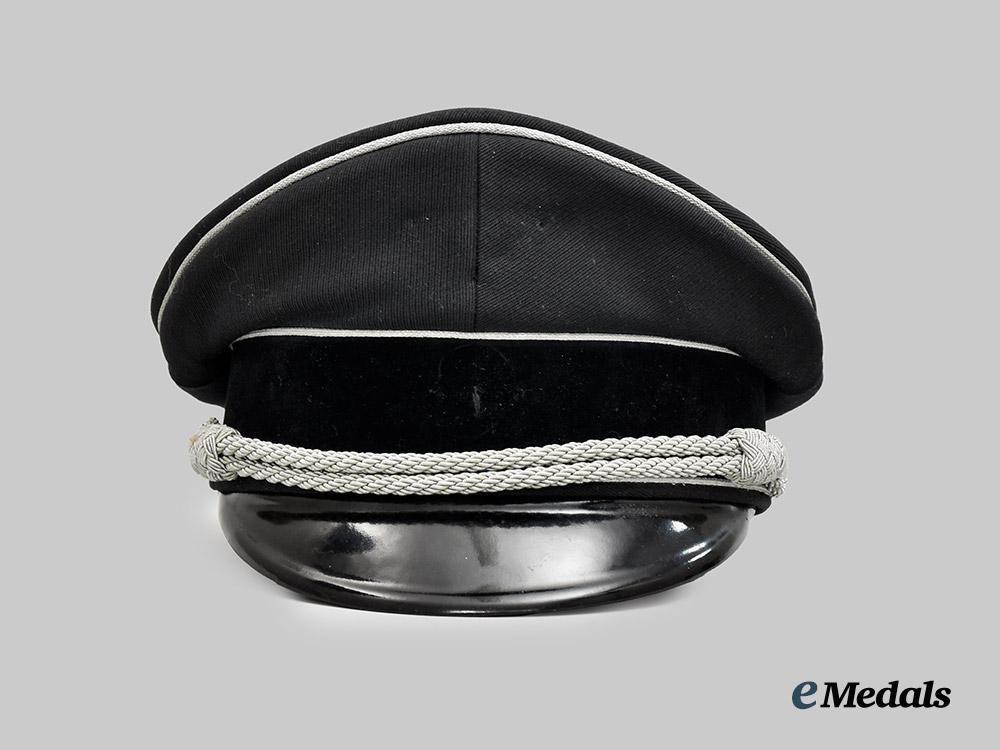
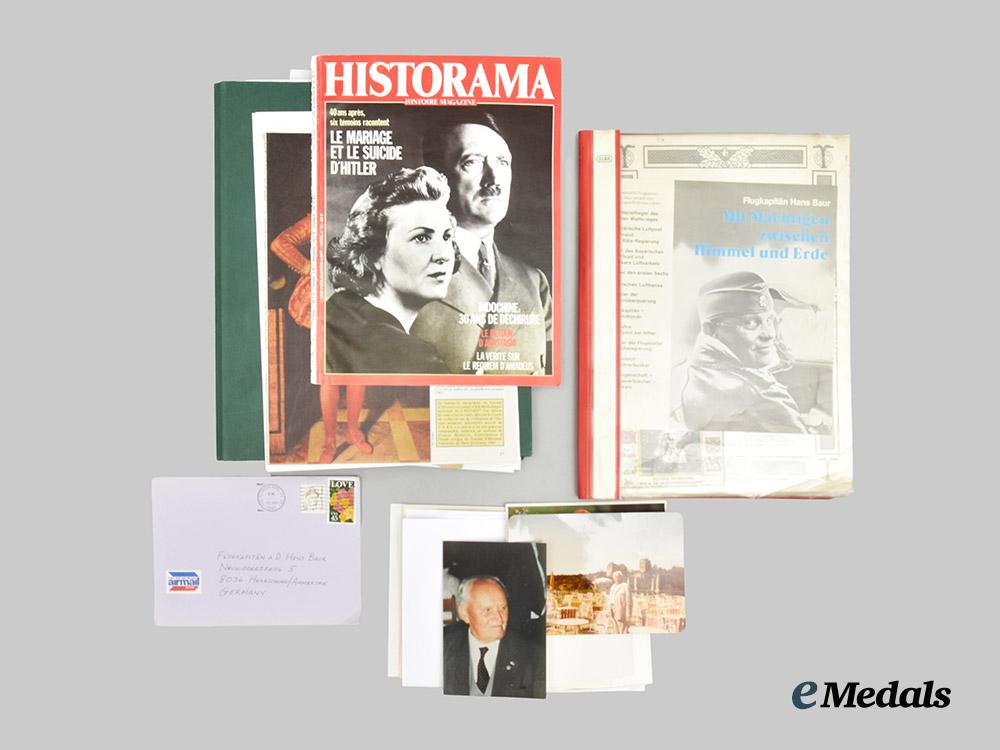
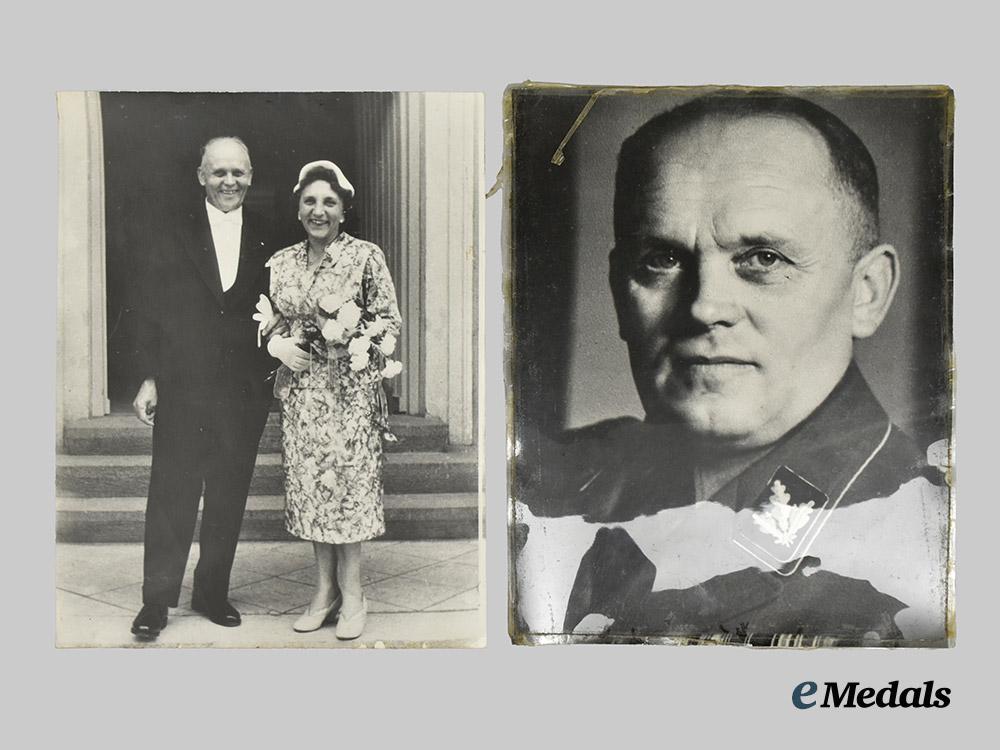
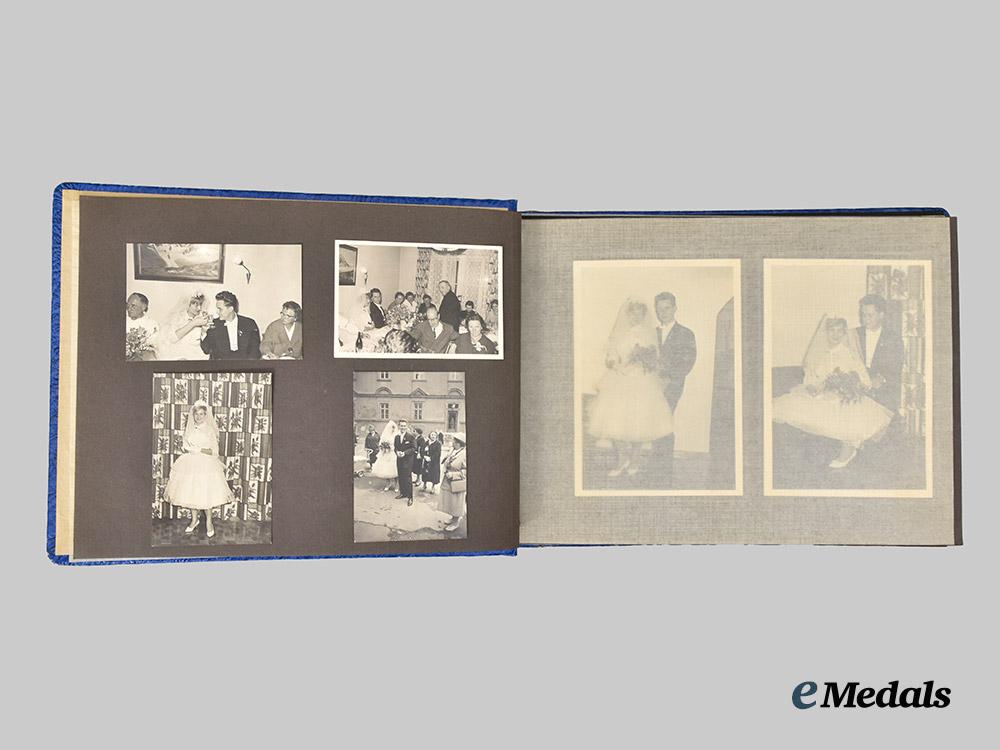

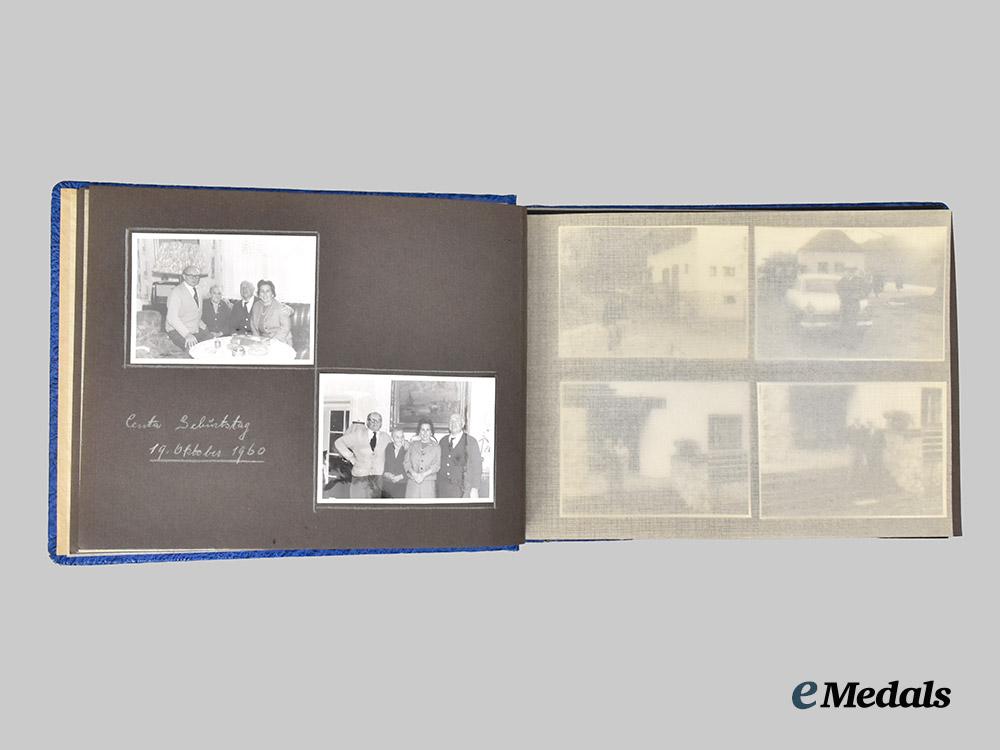
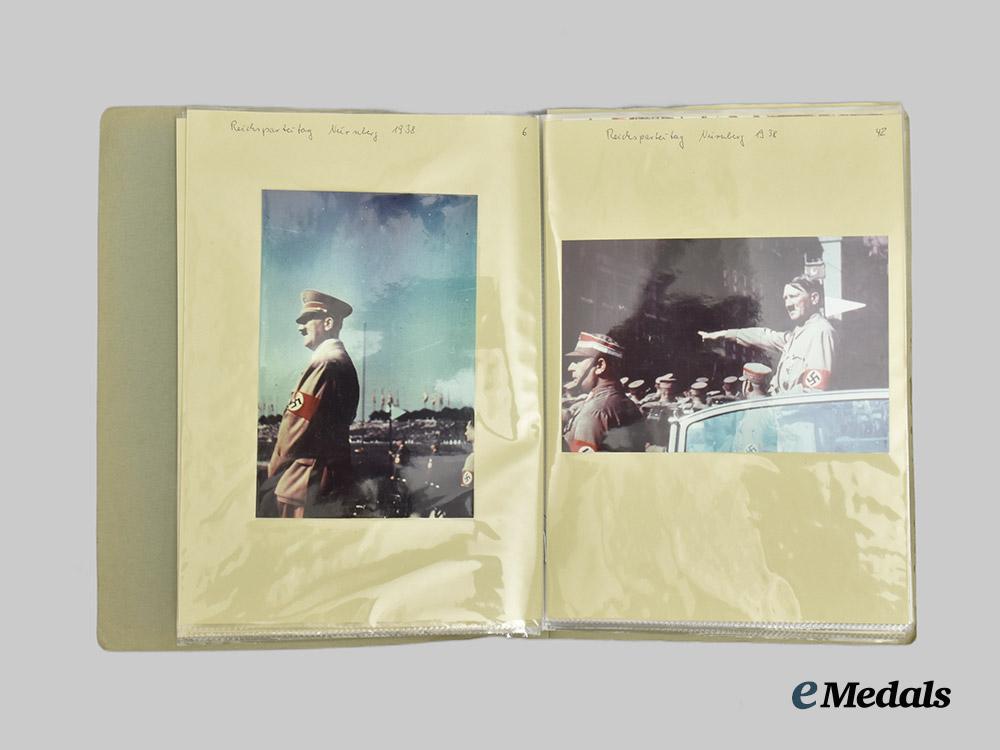
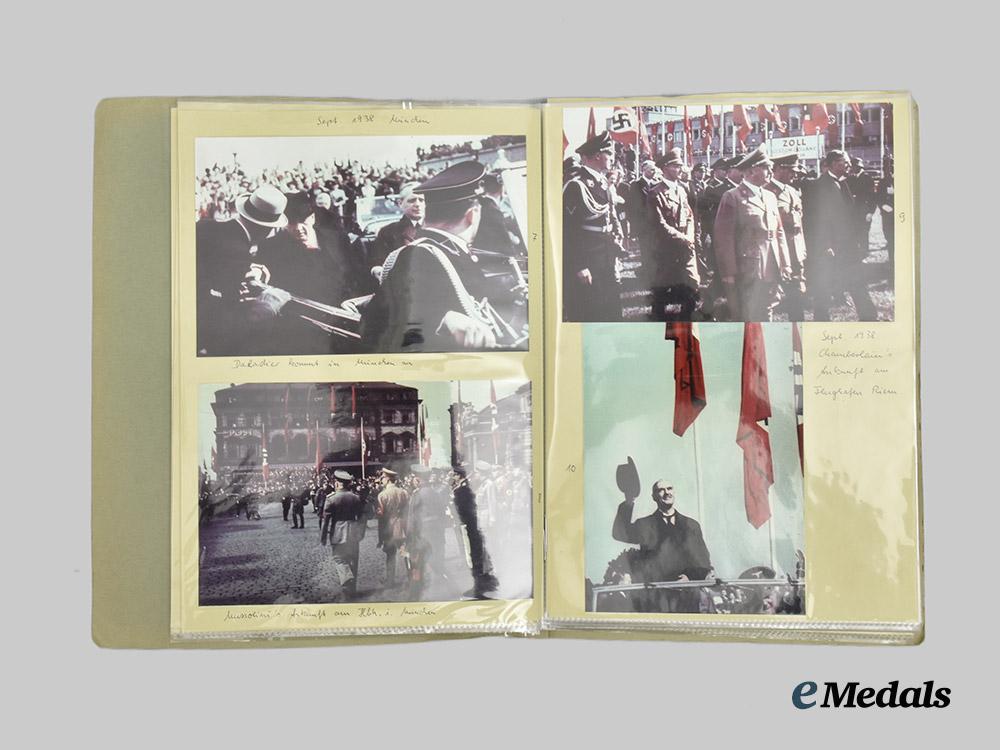
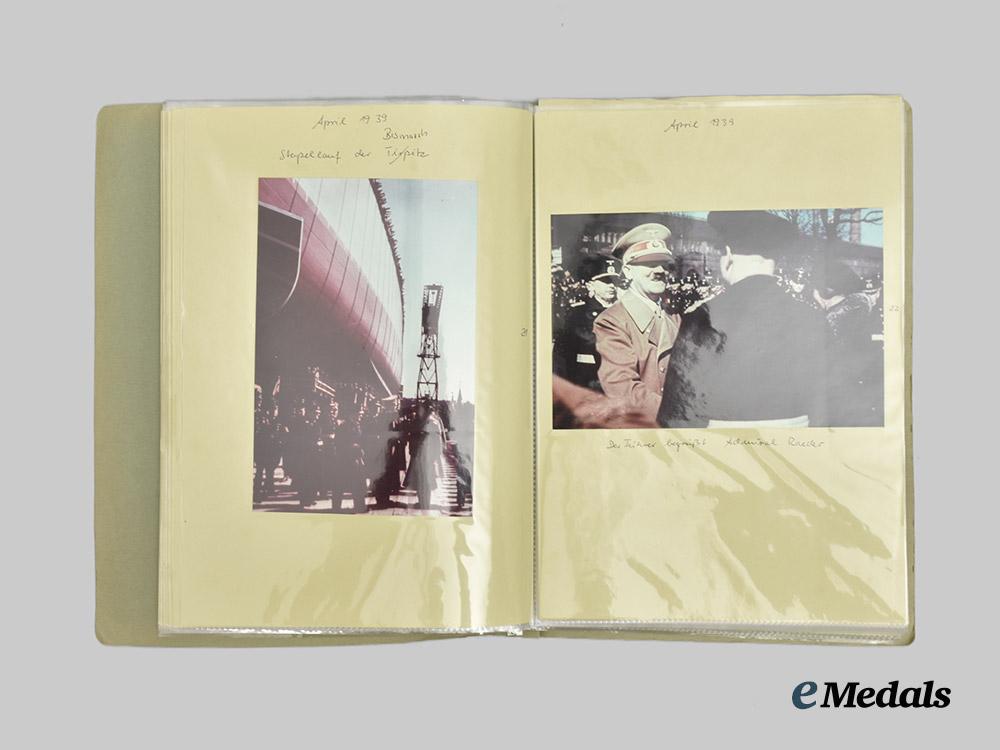
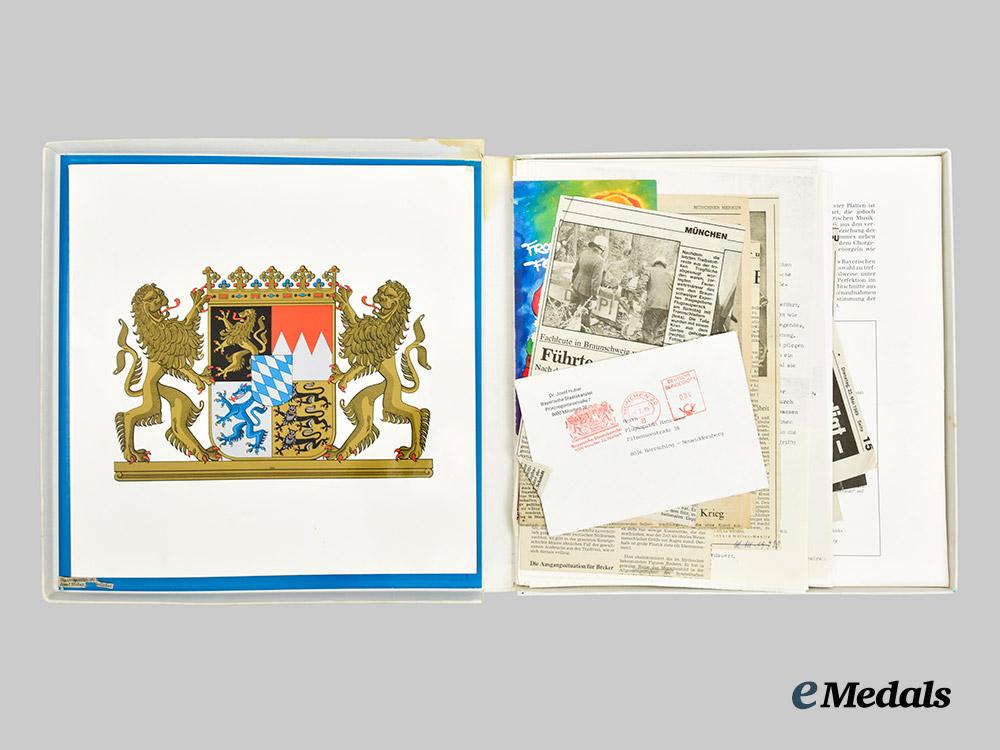
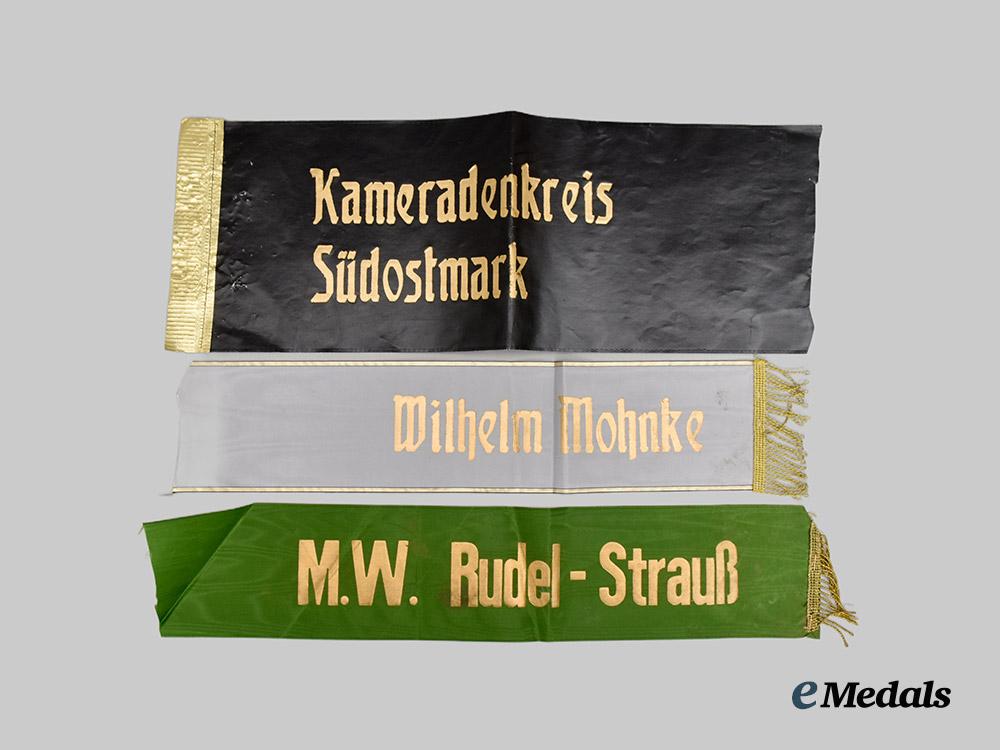
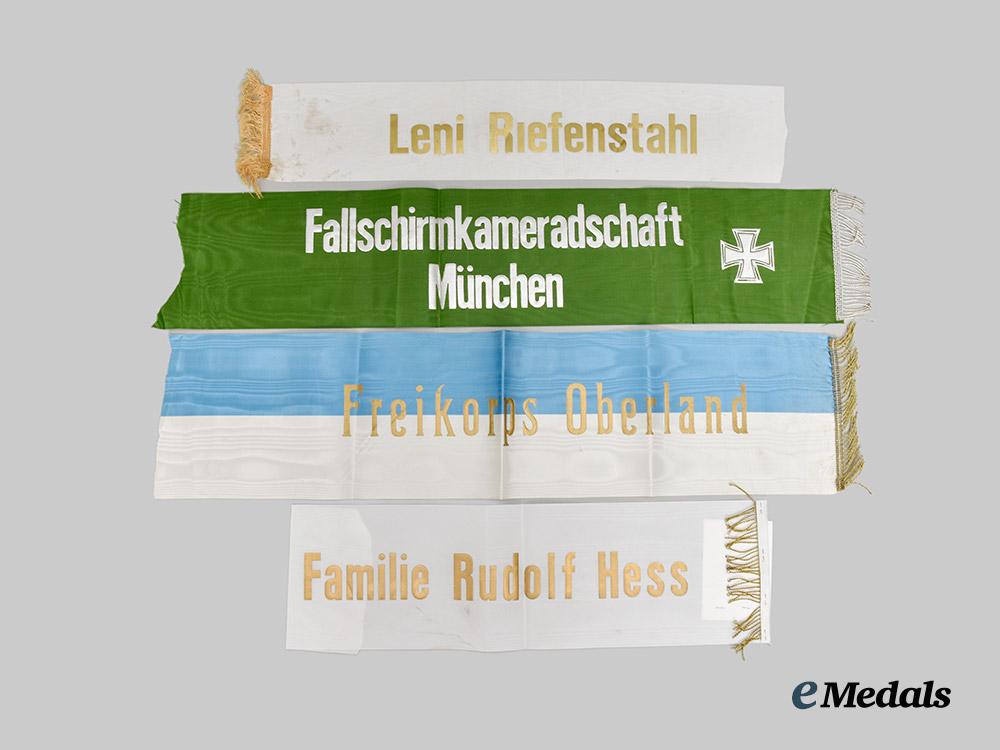
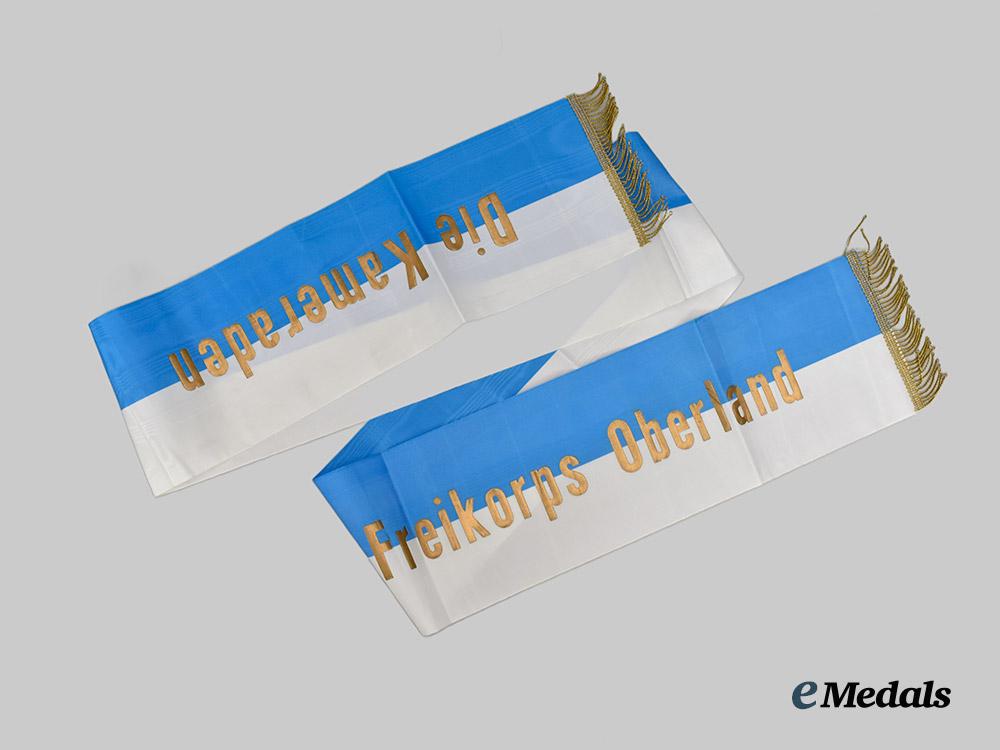
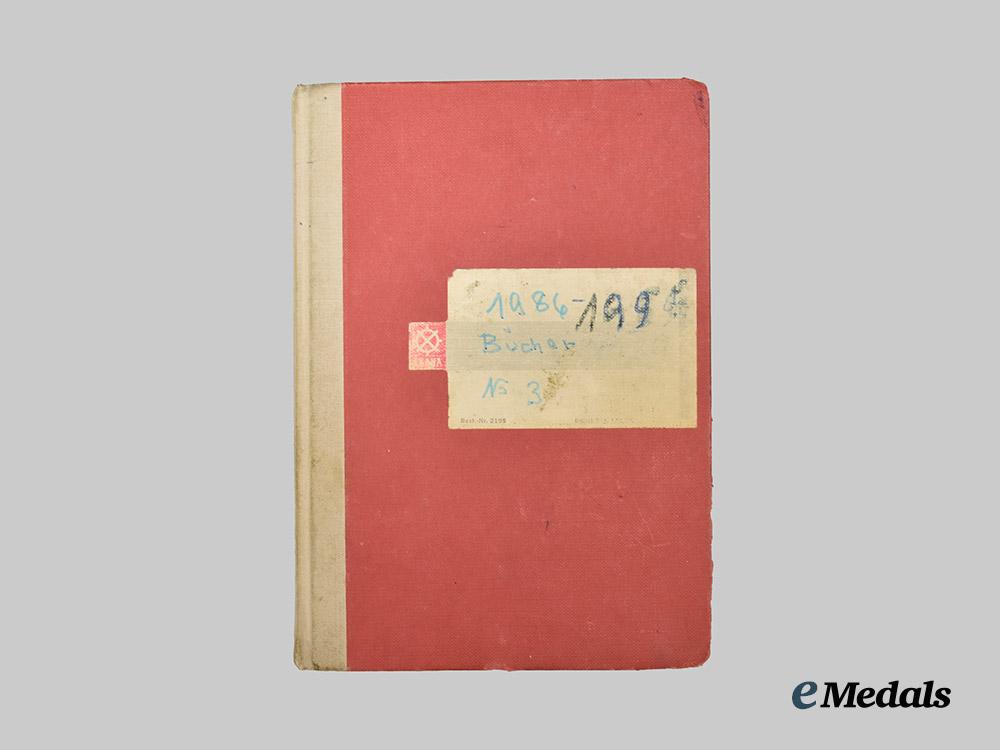
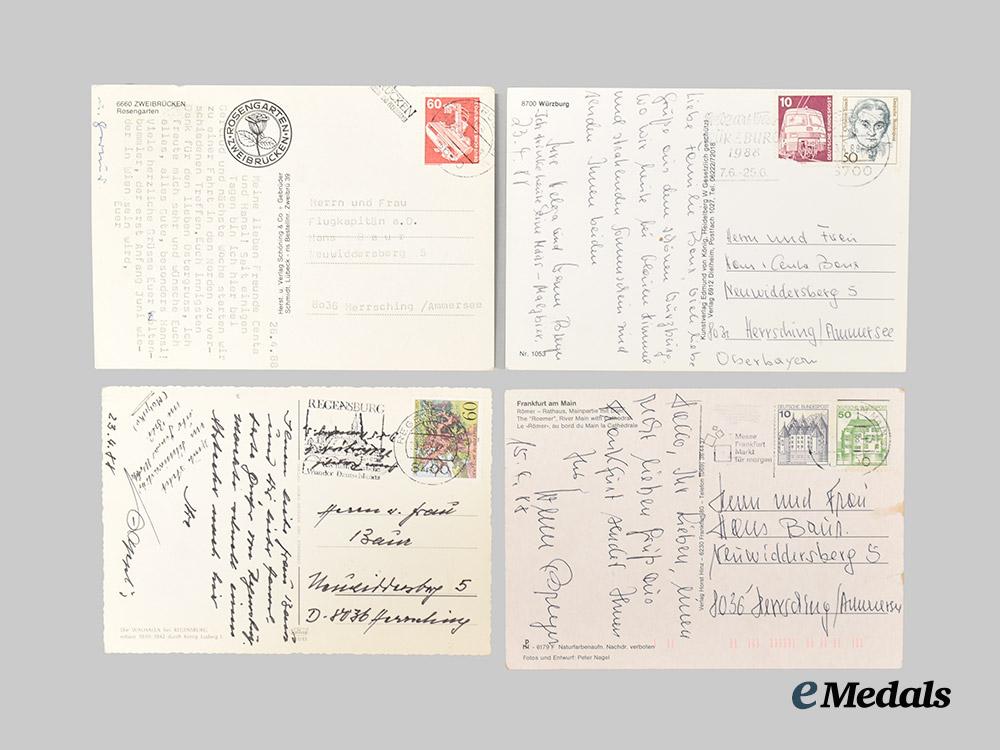
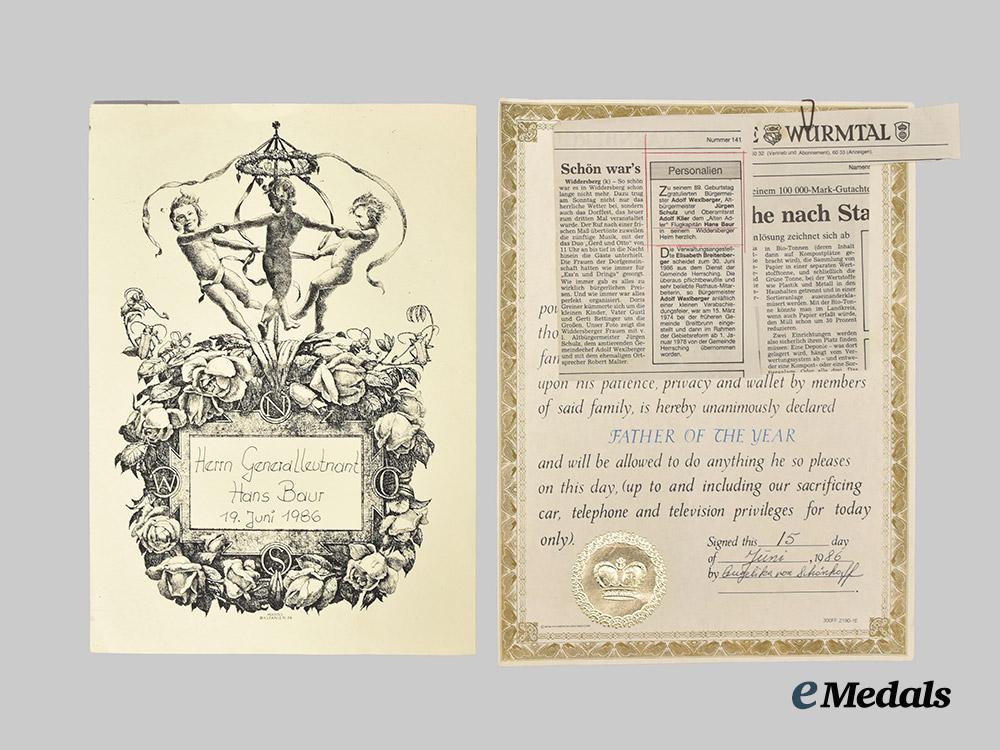
Germany, Third Reich. A Rare and Superb Uniform & Document Group from the Estate of Hans Baur, Personal Pilot of AH
Germany, Third Reich. A Rare and Superb Uniform & Document Group from the Estate of Hans Baur, Personal Pilot of AH
SKU: ITEM: G56588
Current Bid:
Your Max Bid:
Bid History:
Time Remaining:
Couldn't load pickup availability
Shipping Details
Shipping Details
eMedals offers rapid domestic and international shipping. Orders received prior to 12:00pm (EST) will be shipped on the same business day.* Orders placed on Canadian Federal holidays will be dispatched the subsequent business day. Courier tracking numbers are provided for all shipments. All items purchased from eMedals can be returned for a full monetary refund or merchandise credit, providing the criteria presented in our Terms & Conditions are met. *Please note that the addition of a COA may impact dispatch time.
Shipping Details
eMedals offers rapid domestic and international shipping. Orders received prior to 12:00pm (EST) will be shipped on the same business day.* Orders placed on Canadian Federal holidays will be dispatched the subsequent business day. Courier tracking numbers are provided for all shipments. All items purchased from eMedals can be returned for a full monetary refund or merchandise credit, providing the criteria presented in our Terms & Conditions are met. *Please note that the addition of a COA may impact dispatch time.
Description
Description
(Nachlass von Hans Baur). A fascinating uniform and document group retrieved from the estate of SS-Gruppenführer Hans Baur, a First World War fighter ace who went on to become the personal pilot of Adolf Hitler. It consists of:
1. An Allgemeine-SS visor cap, constructed of a high-quality whipcord wool cloth. The cap features reinforced sidewalls, fully lined on the exterior with a fine doeskin cap band. Both the top and bottom edges of the bands are trimmed with silver aluminum wire piping, while an additional length of identical piping trims the outer edge of the crown. The peak demonstrates the outline of a second pattern, SS-style German national eagle insignia which has been carefully removed after many years of wear, resulting in minimal disruption to the underlying material, primarily in the form of three holes consistent with prong insertion. Directly below the peak, the centre of the cap band similarly demonstrates the unmistakable outline of an SS-style Totenkopf insignia, similarly removed with evidence of attachment apparatuses visible. The cap band is flanked on each side by pebbled aluminum buttons, accommodating a silver aluminum wire chinstrap, itself adjusted with dual sliding knots of identical construction. A protruding vulcanfibre visor completes the exterior features, and is finished in a glossed black on the obverse and in a matte brown on the reverse. The interior is fully encompassed by a black rayon liner, while a brown leather sweatband surrounds the sidewalls, pinned with two metal roll marks. An intact transparent plastic moisture guard is stitched onto the crown, bearing a fully-intact maker’s mark of “G. ASCHENNELLER, MÜNCHEN”, for the firm of Gustav Aschenneller, with an address of “DACHAUER STR. 151”, the location of the company from 1937 until 1940, when it transitioned from distribution to production of its own goods. The cap measures approximately 22.5 cm (w) x 25.5 cm (l) x 16 cm (h).
2. An Allgemeine-SS service tunic, constructed of fine black wool. It features a turned-down collar, trimmed with twisted and rolled silver aluminum wire piping, which transitions into double breast lapels. The front corners of the collar demonstrate outlines consistent with the removal of rank tabs, executed carefully to result in only minimal disruption to the base material. The right shoulder bears a regulation single board, constructed of a black wool base topped by twisted and rolled silver aluminum wire piping, reflecting a rank of Sturmbannführer through Standartenführer. Measuring 30 mm (w) x 110 mm (l), the board is secured in place with machine stitching through the shoulder seam, and with a pebbled magnetic metal button on the inner edge. Stitched onto the upper left arm is an Allgemeine SS brassard, constructed of a red wool base, trimmed along both the top and bottom edges with black rayon tresses, and bearing a central white rayon disc overlaid by a multi-piece black swastika. The brassard measures 120 mm in width. The cuff of each sleeve is rolled up and stitched into position, with the left cuff retaining an intact and exceptionally rare Hauptabteilungsleiter im Stab des Reichsführers-SS title, constructed of a silver aluminum wire base, trimmed along both edges with machine-embroidered black tresses, and bisected by an additional black tresse, measuring 30 mm in width. The upper right arm bears a triangular outline consistent with the removal of an Honour Chevron of the Old Guard. Four pockets are set into the breasts, with the pleated upper pockets featuring scalloped flaps perforated with reinforced buttonholes, in turn meeting pebbled magnetic metal buttons. The lower pockets feature simple scalloped flaps with no pleats or visible compartments. Stitched over the upper left pocket are threaded loops for the accommodation of decorations with vertical pinbacks, while an array of loops situated above the same pocket accommodate a medal or ribbon bar. A vertical slit set into the lower reverse completes the exterior features, and is topped by pebbled magnetic metal belt hooks. The interior is fully encompassed by a multi-piece black blended cloth liner which transitions into a pinstripe through the arms. A single interior pocket is set into the upper left breast, the exterior of which retains a manufacturer’s label reading “KUHN & NUPNAU, MÜNCHEN”. The interior of the pocket retains a fully-intact label topped by the firm’s logo, and bearing a handwritten owner’s name of “H. BAUR”, preceded by rank (then Oberführer), and followed by a stock number of “821” and date of “VII. 1943”. Descending from the left armpit is a black rayon strap culminating in a clip for the accommodation of a dagger hanger. Faint soiling is visible to the brassard, but with the exception of the missing insignia, the tunic demonstrates no notable damage or wear and is a high-quality tailored example in near extremely fine condition.
3. A matching set of breeches, constructed of an identical fine black wool. The waistband features an integral belt in the form of two integral reverse straps fastening with a functional magnetic metal buckle. The front closes with a French fly, consisting of four hidden black bakelite buttons on the right side meeting an equal number of reinforced buttonholes on the left. The upper front thighs are flanked by pockets, with an additional back pocket set into the upper right leg, closing with a black bakelite button meeting a reinforced buttonhole. Each ankle has twelve sets of dual eyelets through which is looped an original drawstring, facilitating a tight closure. Unmarked, the breeches measure approximately 40 cm across the waist, with an inseam of 23 cm, and an overall length of 92 cm.
4. A postwar photo album, constructed of a card stock binding with black card stock pages retaining 130 private family images showing Bauer and relatives at leisure, featuring sporadic handwritten captions indicating that most of the images date to the early 1960s, notably featuring Baur with attendees of a prisoner-of-war repatriation group, interspersed with calling cards, measuring 30.5 cm (w) x 22 cm (h), in near extremely fine condition.
5. A large studio reproduced portrait of Baur in an Allgemeine SS uniform, unmarked, measuring 28 cm (w) x 35.5 cm (h), concealed within an original cellophane sleeve, in near extremely fine condition, accompanied by a large postwar portrait of Baur and his wife, unmarked, measuring 27.5 cm (w) x 35.5 cm (h), in near extremely fine condition.
6. A pair of ledgers, each constructed of a card stock binding with alphabetically indexed pages filled with Baur’s handwritten entries, one volume dated 1975-1980 and the other 1986-1990, each measuring 15.5 cm (w) x 21.5 cm (h), in near extremely fine condition.
7. A lot of nine funeral sashes, including examples dedicated by the family of Rudolf Hess, the Rudel family, and one each from Leni Riefenstahl, SS-Brigadeführer Wilhelm Mohnke, Ilsebill Todt (daughter of Fritz Todt), the Munich Paratrooper Association, a Südostmark veterans association, and the veterans association of Freikorps Oberland, in overall better than very fine condition.
8. Accompanied by an large groups of private correspondence (hundreds of his personal letters, documents, all post 1945) and (several hundreds of photographs some loose, some in albums, all post 1945, with his family, comrades, friends); the former consistent of both letters and postcards to Baur, his wife, comrades, and extended family, dating from the 1960s through to Baur’s death in 1993, the latter including loose postwar images and a binder featuring photographs of Baur’s funeral (some depicting the accompanying funeral sashes at the ceremony), a researchable compilation in overall near extremely fine condition. (Several large boxes full of material).
Footnote: Hans Baur was born on 18 June 1897 in Ampfing, Bavaria. Called up to the Bavarian Army in 1915, he initially joined a field artillery unit before transferring to the Luftstreitkräfte as an artillery spotter. From 17 July 1918, Baur was credited with a number of victories against French aircraft, attaining ace status and receiving the Iron Cross I Class. After the war, Baur served with Freikorps Epp and later pursued a career in civil aviation. He joined the NSDAP in 1926, and on 1 April 1931 was the pilot at the helm of the inaugural Berlin-Munich-Rome flight, with his passengers going on to include Tsar Boris III of Bulgaria, composer Arturo Toscanini, and Nuncio Eugenio Pacellia (later Pope Pius XII). At this time, AH, having noted the efficiency of air travel in making stops for multiple rallies and events in the same day, hired Baur as his pilot for his 1932 election campaign. After becoming Chancellor, the Führer retained Baur’s services as his personal pilot for private and professional travel. To ensure his authority as a member of his personal staff, AH directed Reichsführer-SS Heinrich Himmler to commission Baur as a Standartenführer of the SS in October 1933. He later oversaw the acquisition and development of a fleet of aircraft for the Führer’s personal use, and, reflecting the pair’s close friendship, was invited to birthday celebrations at the Reichs Chancellery and gifted with a Mercedes vehicle. Near the end of the war, Baur received promotions in the SS, being elevated to SS-Brigadeführer on 31 January 1944 and SS-Gruppenführer on 24 February 1945. Present in the Führerbunker during the Red Army’s final assault on Berlin, Baur devised a plan for AH to escape the city via aircraft, but the latter’s remaining associates were unable to convince him to flee. After the Führer’s suicide on 30 April, Baur attempted to flee the city with others who had taken shelter in the bunker, but was wounded by Soviet gunfire, resulting in the amputation of a leg, and was subsequently taken to the USSR as a high-profile prisoner. Given his long-time friendship with AH, and proximity to both him and other top officials, Baur was subjected to intense interrogation while in captivity. He was ultimately released in 1955, before being briefly imprisoned by French authorities. Finally released in 1957, Baur retired to private life and wrote a memoir detailing his career as the Führer’s pilot. He died in Herrsching, Bavaria on 17 February 1993.
(Nachlass von Hans Baur). A fascinating uniform and document group retrieved from the estate of SS-Gruppenführer Hans Baur, a First World War fighter ace who went on to become the personal pilot of Adolf Hitler. It consists of:
1. An Allgemeine-SS visor cap, constructed of a high-quality whipcord wool cloth. The cap features reinforced sidewalls, fully lined on the exterior with a fine doeskin cap band. Both the top and bottom edges of the bands are trimmed with silver aluminum wire piping, while an additional length of identical piping trims the outer edge of the crown. The peak demonstrates the outline of a second pattern, SS-style German national eagle insignia which has been carefully removed after many years of wear, resulting in minimal disruption to the underlying material, primarily in the form of three holes consistent with prong insertion. Directly below the peak, the centre of the cap band similarly demonstrates the unmistakable outline of an SS-style Totenkopf insignia, similarly removed with evidence of attachment apparatuses visible. The cap band is flanked on each side by pebbled aluminum buttons, accommodating a silver aluminum wire chinstrap, itself adjusted with dual sliding knots of identical construction. A protruding vulcanfibre visor completes the exterior features, and is finished in a glossed black on the obverse and in a matte brown on the reverse. The interior is fully encompassed by a black rayon liner, while a brown leather sweatband surrounds the sidewalls, pinned with two metal roll marks. An intact transparent plastic moisture guard is stitched onto the crown, bearing a fully-intact maker’s mark of “G. ASCHENNELLER, MÜNCHEN”, for the firm of Gustav Aschenneller, with an address of “DACHAUER STR. 151”, the location of the company from 1937 until 1940, when it transitioned from distribution to production of its own goods. The cap measures approximately 22.5 cm (w) x 25.5 cm (l) x 16 cm (h).
2. An Allgemeine-SS service tunic, constructed of fine black wool. It features a turned-down collar, trimmed with twisted and rolled silver aluminum wire piping, which transitions into double breast lapels. The front corners of the collar demonstrate outlines consistent with the removal of rank tabs, executed carefully to result in only minimal disruption to the base material. The right shoulder bears a regulation single board, constructed of a black wool base topped by twisted and rolled silver aluminum wire piping, reflecting a rank of Sturmbannführer through Standartenführer. Measuring 30 mm (w) x 110 mm (l), the board is secured in place with machine stitching through the shoulder seam, and with a pebbled magnetic metal button on the inner edge. Stitched onto the upper left arm is an Allgemeine SS brassard, constructed of a red wool base, trimmed along both the top and bottom edges with black rayon tresses, and bearing a central white rayon disc overlaid by a multi-piece black swastika. The brassard measures 120 mm in width. The cuff of each sleeve is rolled up and stitched into position, with the left cuff retaining an intact and exceptionally rare Hauptabteilungsleiter im Stab des Reichsführers-SS title, constructed of a silver aluminum wire base, trimmed along both edges with machine-embroidered black tresses, and bisected by an additional black tresse, measuring 30 mm in width. The upper right arm bears a triangular outline consistent with the removal of an Honour Chevron of the Old Guard. Four pockets are set into the breasts, with the pleated upper pockets featuring scalloped flaps perforated with reinforced buttonholes, in turn meeting pebbled magnetic metal buttons. The lower pockets feature simple scalloped flaps with no pleats or visible compartments. Stitched over the upper left pocket are threaded loops for the accommodation of decorations with vertical pinbacks, while an array of loops situated above the same pocket accommodate a medal or ribbon bar. A vertical slit set into the lower reverse completes the exterior features, and is topped by pebbled magnetic metal belt hooks. The interior is fully encompassed by a multi-piece black blended cloth liner which transitions into a pinstripe through the arms. A single interior pocket is set into the upper left breast, the exterior of which retains a manufacturer’s label reading “KUHN & NUPNAU, MÜNCHEN”. The interior of the pocket retains a fully-intact label topped by the firm’s logo, and bearing a handwritten owner’s name of “H. BAUR”, preceded by rank (then Oberführer), and followed by a stock number of “821” and date of “VII. 1943”. Descending from the left armpit is a black rayon strap culminating in a clip for the accommodation of a dagger hanger. Faint soiling is visible to the brassard, but with the exception of the missing insignia, the tunic demonstrates no notable damage or wear and is a high-quality tailored example in near extremely fine condition.
3. A matching set of breeches, constructed of an identical fine black wool. The waistband features an integral belt in the form of two integral reverse straps fastening with a functional magnetic metal buckle. The front closes with a French fly, consisting of four hidden black bakelite buttons on the right side meeting an equal number of reinforced buttonholes on the left. The upper front thighs are flanked by pockets, with an additional back pocket set into the upper right leg, closing with a black bakelite button meeting a reinforced buttonhole. Each ankle has twelve sets of dual eyelets through which is looped an original drawstring, facilitating a tight closure. Unmarked, the breeches measure approximately 40 cm across the waist, with an inseam of 23 cm, and an overall length of 92 cm.
4. A postwar photo album, constructed of a card stock binding with black card stock pages retaining 130 private family images showing Bauer and relatives at leisure, featuring sporadic handwritten captions indicating that most of the images date to the early 1960s, notably featuring Baur with attendees of a prisoner-of-war repatriation group, interspersed with calling cards, measuring 30.5 cm (w) x 22 cm (h), in near extremely fine condition.
5. A large studio reproduced portrait of Baur in an Allgemeine SS uniform, unmarked, measuring 28 cm (w) x 35.5 cm (h), concealed within an original cellophane sleeve, in near extremely fine condition, accompanied by a large postwar portrait of Baur and his wife, unmarked, measuring 27.5 cm (w) x 35.5 cm (h), in near extremely fine condition.
6. A pair of ledgers, each constructed of a card stock binding with alphabetically indexed pages filled with Baur’s handwritten entries, one volume dated 1975-1980 and the other 1986-1990, each measuring 15.5 cm (w) x 21.5 cm (h), in near extremely fine condition.
7. A lot of nine funeral sashes, including examples dedicated by the family of Rudolf Hess, the Rudel family, and one each from Leni Riefenstahl, SS-Brigadeführer Wilhelm Mohnke, Ilsebill Todt (daughter of Fritz Todt), the Munich Paratrooper Association, a Südostmark veterans association, and the veterans association of Freikorps Oberland, in overall better than very fine condition.
8. Accompanied by an large groups of private correspondence (hundreds of his personal letters, documents, all post 1945) and (several hundreds of photographs some loose, some in albums, all post 1945, with his family, comrades, friends); the former consistent of both letters and postcards to Baur, his wife, comrades, and extended family, dating from the 1960s through to Baur’s death in 1993, the latter including loose postwar images and a binder featuring photographs of Baur’s funeral (some depicting the accompanying funeral sashes at the ceremony), a researchable compilation in overall near extremely fine condition. (Several large boxes full of material).
Footnote: Hans Baur was born on 18 June 1897 in Ampfing, Bavaria. Called up to the Bavarian Army in 1915, he initially joined a field artillery unit before transferring to the Luftstreitkräfte as an artillery spotter. From 17 July 1918, Baur was credited with a number of victories against French aircraft, attaining ace status and receiving the Iron Cross I Class. After the war, Baur served with Freikorps Epp and later pursued a career in civil aviation. He joined the NSDAP in 1926, and on 1 April 1931 was the pilot at the helm of the inaugural Berlin-Munich-Rome flight, with his passengers going on to include Tsar Boris III of Bulgaria, composer Arturo Toscanini, and Nuncio Eugenio Pacellia (later Pope Pius XII). At this time, AH, having noted the efficiency of air travel in making stops for multiple rallies and events in the same day, hired Baur as his pilot for his 1932 election campaign. After becoming Chancellor, the Führer retained Baur’s services as his personal pilot for private and professional travel. To ensure his authority as a member of his personal staff, AH directed Reichsführer-SS Heinrich Himmler to commission Baur as a Standartenführer of the SS in October 1933. He later oversaw the acquisition and development of a fleet of aircraft for the Führer’s personal use, and, reflecting the pair’s close friendship, was invited to birthday celebrations at the Reichs Chancellery and gifted with a Mercedes vehicle. Near the end of the war, Baur received promotions in the SS, being elevated to SS-Brigadeführer on 31 January 1944 and SS-Gruppenführer on 24 February 1945. Present in the Führerbunker during the Red Army’s final assault on Berlin, Baur devised a plan for AH to escape the city via aircraft, but the latter’s remaining associates were unable to convince him to flee. After the Führer’s suicide on 30 April, Baur attempted to flee the city with others who had taken shelter in the bunker, but was wounded by Soviet gunfire, resulting in the amputation of a leg, and was subsequently taken to the USSR as a high-profile prisoner. Given his long-time friendship with AH, and proximity to both him and other top officials, Baur was subjected to intense interrogation while in captivity. He was ultimately released in 1955, before being briefly imprisoned by French authorities. Finally released in 1957, Baur retired to private life and wrote a memoir detailing his career as the Führer’s pilot. He died in Herrsching, Bavaria on 17 February 1993.





























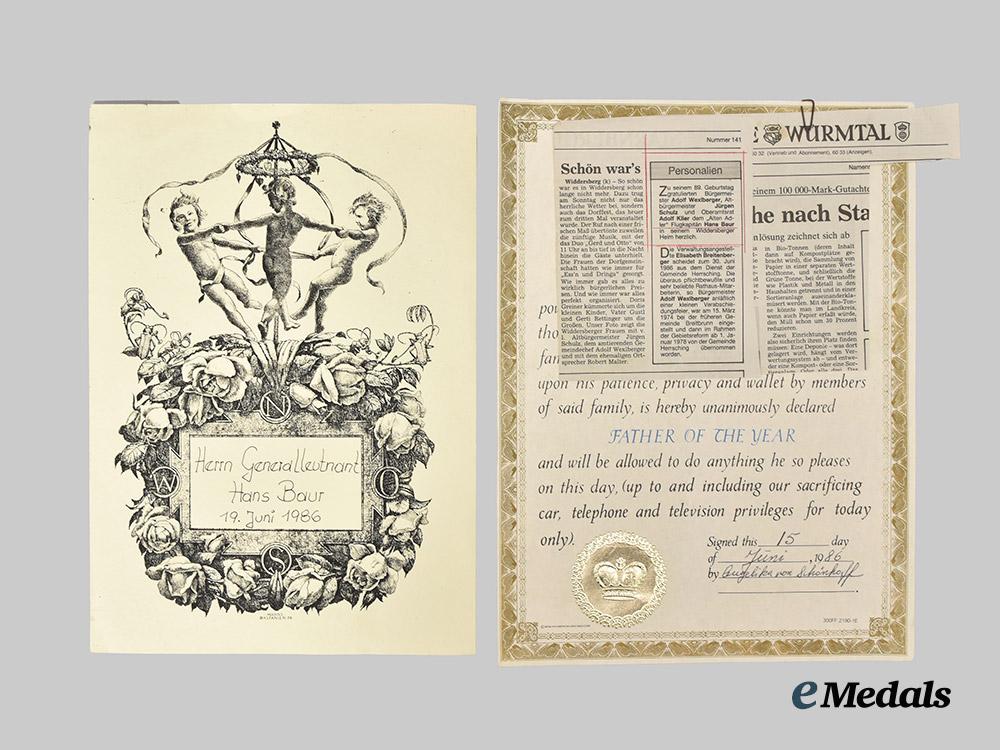
You May Also Like
Togo, Republic. A National Order of Merit, Third Class Commander, by Arthus Bertrand, c.1975
W8173
Egypt, Republic. An Order Of Nishan Al-Istiklal, Officer
W8172
Egypt, Kingdom. An Order Of The Nile, Fifth Class Knight
W8170
Egypt, Republic. An Order Of The Republic, Fifth Class Breast Badge
W8169
Canada, Commonwealth. A Canadian Flag signed by Captain Wayne Johnston, founder of the Wounded Warriors Fund, along with the signatures of other members of the Canadian Forces
C6859
-
Togo, Republic. A National Order of Merit, Third Class Commander, by Arthus Bertrand, c.1975
W8173
Add to CartRegular price $300 USDRegular price $0 USD Sale price $300 USDUnit price / per -
Egypt, Republic. An Order Of Nishan Al-Istiklal, Officer
W8172
Add to CartRegular price $250 USDRegular price $0 USD Sale price $250 USDUnit price / per -
Egypt, Kingdom. An Order Of The Nile, Fifth Class Knight
W8170
Add to CartRegular price $275 USDRegular price $0 USD Sale price $275 USDUnit price / per -
Egypt, Republic. An Order Of The Republic, Fifth Class Breast Badge
W8169
Add to CartRegular price $250 USDRegular price $0 USD Sale price $250 USDUnit price / per -
Canada, Commonwealth. A Canadian Flag signed by Captain Wayne Johnston, founder of the Wounded Warriors Fund, along with the signatures of other members of the Canadian Forces
C6859
Add to CartRegular price $685 USDRegular price $0 USD Sale price $685 USDUnit price / per
Do you have a similar item you are interested in selling?
Please complete the form and our client care representatives will contact you.
Sell ItemSell to eMedals
Starting the Selling Process
To begin the sale of your item(s), in house experts will need to carry out an initial evaluation to judge how to proceed in the sale. Here, we will determine the authenticity as well as the approximate value of the item(s) using images and descriptions.
Initial Evaluation
In order to better assess how to proceed with your sale, an initial evaluation must be completed of your items. A quick and simple method, upload multiple images of your item(s) using our online submission form with any relevant comments. This form can be found below. Otherwise, we are happy to assess your item(s) by email, phone, or in office.
In House Assessment
Once we have completed an initial evaluation, you will be contacted by an eMedals representative, either by email or phone, to discuss shipment. All items offered on eMedals.com are subject to in house inspection and evaluation prior to listing. This process is to ensure all items offered are authentic, described correctly, properly researched, and listed using professionally photography.
Shipment of Your Item(s)
To ship your item(s), please ensure that each item is packed carefully and securely. If you have any questions or concerns regarding the shipment process, including those about methods, customs, insurance, please contact our general inbox info@emedals.comfor immediate assistance. Shipping Address: 3245 Harvester RoadUnit 15Burlington, OntarioL7N 3T7 Canada
Offer
eMedals is happy to directly purchase medals and militaria from both the public and collectors alike. Here, once an item(s) has been assessed using images, delivered to our office and inspected, a purchase offer is then made. If accepted, payment is made in a timely fashion making an eMedals purchase a prompt transaction.
Bid History

Item : G56588
Germany, Third Reich. A Rare and Superb Uniform & Document Group from the Estate of Hans Baur, Personal Pilot of AH
| Bidder | Amount | Submitted |
|---|
Buyer's Premium
All winning bids are subject to a Buyer's Premium of 22% which is in addition to the final hammer price.
Twenty-Two Percent (22%) of the Hammer Price
Confirm your bid of USD?
By submitting this bid, you agree to eMedals Inc.’s Terms & Conditions.
Not Verified !
Your account is currently not verified to participate in auctions. Please log in, or apply for verification Here or Contact us for more information.
Sign in- Choosing a selection results in a full page refresh.
- Opens in a new window.
































































